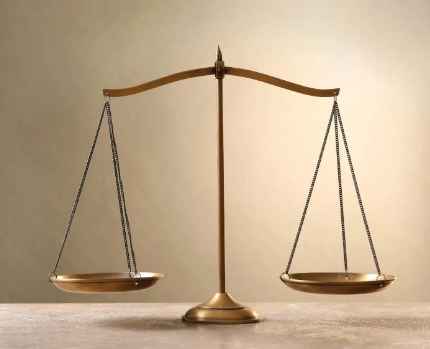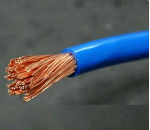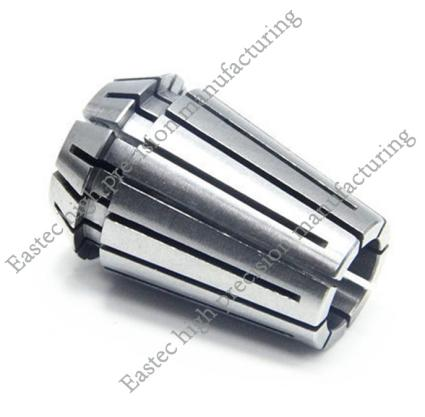
CNC machinists need to balance surface finish and machine efficiency, but they also need to consider the role of the workpiece material, tool diameter, and tool geometry in stepover selection.
Workpiece Materials
A material’s thermal conductivity and heat resistance play an important role in CNC stepovers.
Plastics and composites can deform or degrade with excessive heat. By spreading the cutting forces over more passes, however, a smaller stepover reduces the heat generated during machining operations.
Metals and ceramics can withstand higher temperatures. A larger stepover can be used without adversely affecting the workpiece material. As with plastics and composites, however, different metals have different properties such as hardness and brittleness.
Consider the following:
Harder materials such as stainless steel and titanium are more difficult to machine and generate higher tool wear and heat. Using a smaller stepover can minimize the load on the cutting tool while achieving a smoother surface finish.
Softer materials such as aluminum and brass are easier to machine and produce less tool wear and heat. A larger stepover can be used to speed up the machining process without compromising tool life or surface finish significantly.
Brittle materials such as cast iron and ceramics are prone to chipping and cracking. A smaller stepover reduces the risk of material fracture by lowering the cutting forces on each pass.
Ductile materials such as copper and plastics deform without cracking. This supports the use of a larger stepover for increased machining efficiency without the loss of an acceptable surface finish.
Beyond stepover adjustments, different materials may also require changes in toolpath strategies, such as altering feed rates or employing specific cooling methods, especially for heat-sensitive materials. For instance, higher feed rates may be necessary for soft materials to avoid excessive heating, while harder materials may benefit from optimized coolant flow to manage the increased heat and tool wear.
Tool Diameter
Tool diameter is an important factor to consider when determining the optimal stepovers because it affects heat, vibration, surface finish, and machining efficiency.
Larger diameter tools have a larger cutting area, increased rigidity, and better heat dissipation. They support larger stepovers for reduced machining time and may be able to achieve an acceptable surface finish, without the need for a pass over with smaller stepover.
Small diameter tools use more of the tool’s surface in each cut, which increases heat and vibrations. They need smaller stepovers that remove less material at a time. This reduces machining efficiency, but small diameter tools with small stepovers can support finer finishing.
Tool Geometry
These commonly used end mills show the role of tool geometry in CNC stepovers.
Flat end mills have a flat cutting surface. They can use a larger stepover for parts with flat surfaces but may need a smaller stepover in the corners of complex parts.
Ball end mills have a spherical cutting surface for curved and complex parts. A ball end mill needs a smaller stepover because the cutting action occurs over just a part of the tool’s end. Additionally, when working on curved surfaces, the effective cutting diameter changes with the stepover, impacting both surface finish and machining time. It’s crucial to calculate the stepover carefully to avoid excessive scalloping or inefficient machining, especially in finishing operations.
Bull nose end mills have a flat cutting surface with round corners. They can use a larger stepover on flat surfaces.





 Customer service 1
Customer service 1  Customer service 2
Customer service 2